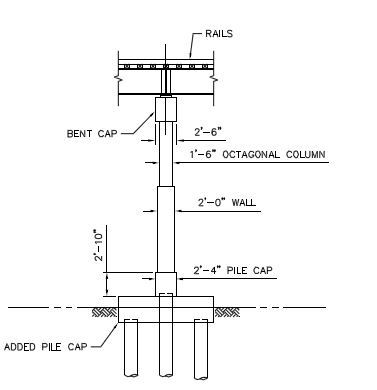EngDYIGuy
Structural
- Oct 9, 2015
- 31
Can someone explain to me the difference between stringers and girders? I've got a project involving a concrete bent railroad bridge with multiple steel stringers/girders for the super structure framing. It appears the terms "Girder" and "Stringer" in the bridge industry are used intermittently to describe the same framing component. Appears "Girder" is more universally used term, please explain any defined differences in the engineering/construction industry.


![[idea] [idea] [idea]](/data/assets/smilies/idea.gif)
![[r2d2] [r2d2] [r2d2]](/data/assets/smilies/r2d2.gif)